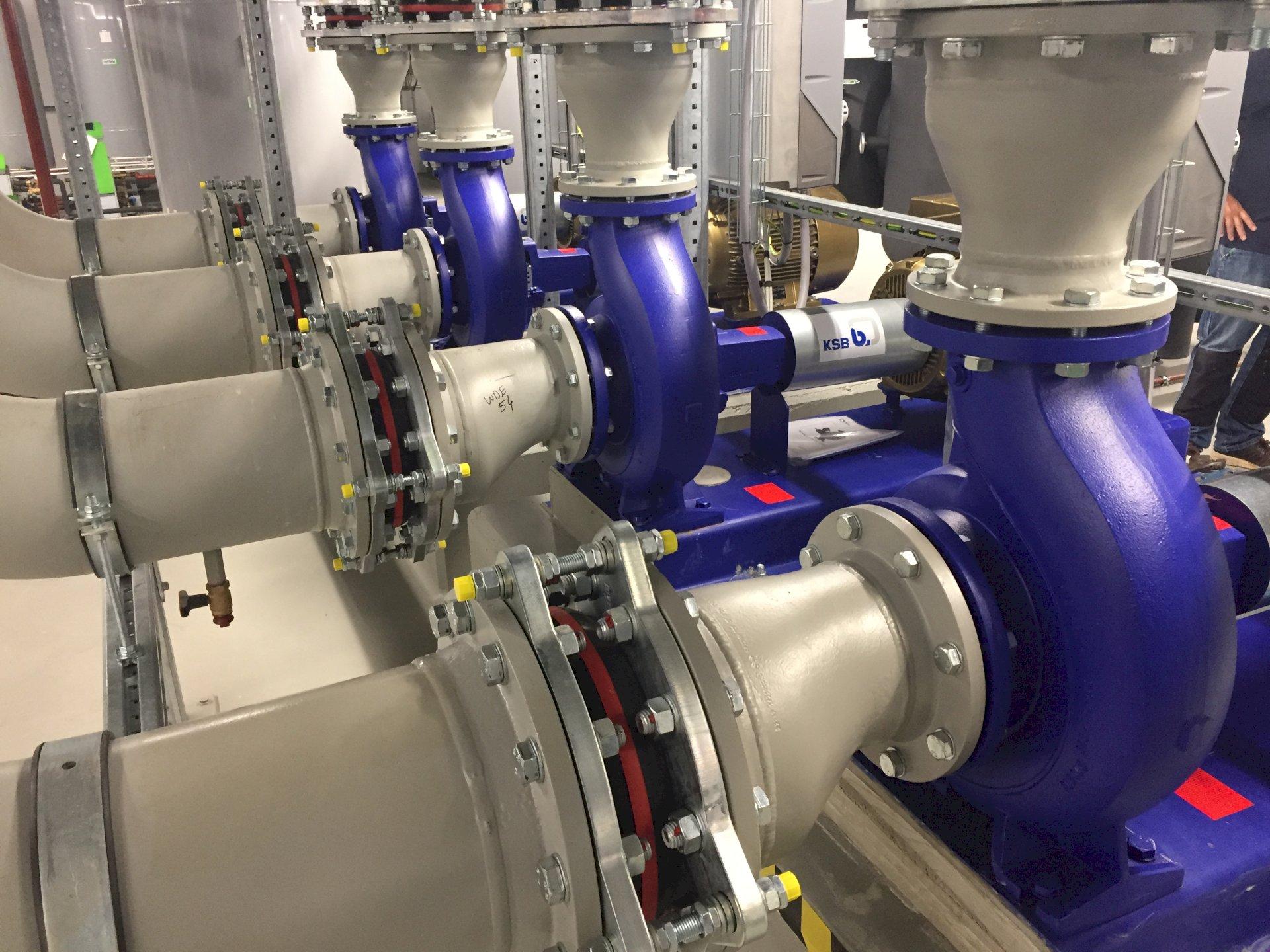 Door: Astrolkwx
Door: Astrolkwx Solid-state DC circuit breakers for railway and traction applications
Traction industry and the (p)art of DC power electronics
The main objective of transport companies is to maintain a high level of services, where the infrastructure components have a vital role. The introduction of high speed networks and increased traffic levels require new technologies in railway infrastructure and trains, that must be obtained through a rigorous control of quality service and maintenance processes during their life of operation. Traction substations are probably one of the most important infrastructure components of the railway power supply systems due to their effect on the system safety as well as the reliability and quality of the service.
The railway industry is becoming increasingly competitive, and the sustainability enthusiasts are under pressure to make the trains safer, more reliable, cost-effective, and attractive to travelers. For a long time, Railways have been perceived as particularly challenging environments, placing extreme demands on the equipment installed into their rolling stock and trackside applications. However, simply meeting these challenges, though essential, is not sufficient. At the same time, the equipment must also play its part in helping rail transport become an ever safer, more reliable, and attractive environment. Electrical equipment and circuits are especially important in the railway industry and protecting them is critical to guarantee passenger safety, reducing downtime, costs and delays arising from any defect or failure.
Due to space limitations, the electrical equipment is typically tightly packed into small enclosures, cabinets, or compartments, with units operating in very close proximity to one another. This can increase the incidence of spikes, transients and bursts in the power lines that can be protected by circuit breakers.
Basics of Circuit Breakers
The role of a circuit-breaker is very simple: it should switch-off, mostly referred to as �trip�, when an inconsistency is detected in the current. An inconsistency could be a short circuit causing a rapid rise in the current, or an overload situation in which demand is simply higher than supply. In both cases, the circuit-breaker must perform its job and disconnect the devices from the power system. Continue reading on the KWx website
�



